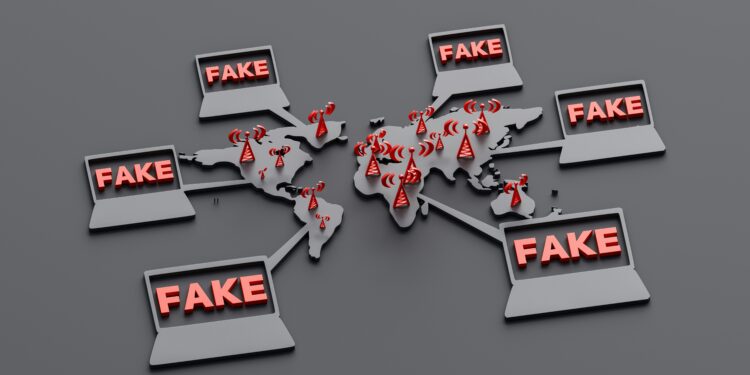Election cycles are particularly notable for the spread of misinformation. This year, we will see an unprecedented rise in health misinformation – and it won’t go away when the elections are over.
Health misinformation is more pernicious compared to other forms of misinformation because it’s not topical. It remains etched in the public ethos because it’s attached to our most precious asset – our bodies. We’re reminded of it every time we look at ourselves and manage our health.
What’s most concerning is the lack of recognition when it comes to health misinformation. Most can see misinformation when it appears for political news or commentary. But health misinformation seems more adept at camouflaging itself as true, or at least as verifiable. We have a greater tendency to believe health misinformation because we have a greater tendency to distrust healthcare institutions.
This isn’t just a COVID related phenomenon. The pandemic simply made grossly apparent what was always present in the minds of the American public: our health institutions, whether they’re public or private, are exploiting us.
The CDC and NIH have hidden agendas. The pharmaceutical companies see patients as nothing more than profit margins. So when some politician spouts some health related misinformation, we gravitate toward it.
And the cycle begins. A politician, seeking to gain voters and win the election, will make some outlandish claim evoking populist sentiment. It’s all too easy when it comes to healthcare. Take some data or health policy, find an angle to spin, take the medicine out, and put the faux outrage in.
Then the masses respond. They spread the misinformation. In part because they believe it; but mostly because they’re unsure whether they shouldn’t believe it. The uncertainty becomes part of the allure. And in today’s politics, the allure of sensationalism has overtaken the moral compass of pragmatism.
Unfortunately, this is now a global phenomenon. What likely began in 2016 during the rise of the Trump era is now a tried and true playbook repeated across the world. Shock the masses with something that might be true and they’ll love you for it.
The best health misinformation contains all the elements of Gladwell’s criteria for virality. Contain enough of the truth to avoid being discredited. And selectively lie to enhance the most poignant aspects of the misinformation.
This is why vaccine skeptics never go away. They’re not wholly wrong. Vaccine risks have been downplayed. And the medical establishment has done a great injustice in denying the risks. As a result, misinformation propagandists highlight the risks and spin it as though the risks are being covered up to harm you – the patient.
For those interested in cultivating new medical misinformation, look no further than how vaccine misinformation spreads. It’s the perfect blend of a conveniently justifiable truth and a selectively sensationalized lie. This is the cocktail for health misinformation. And it’s something most people already know and are keenly aware of – particularly politicians during election years.
But there’s another element to why political misinformation on health policy resonates. It’s stickiness – to use a behavioral economics term – is particularly strong compared to other types of misinformation. People can’t help it. Their default instinct is to glean some element of truth and believe it, even more so than other forms of misinformation.
In a flash poll conducted on a Daily Remedy platform, we surveyed readers to glean their thoughts on whether they will see an increase, decrease, or no change in health misinformation during this election year.
Not surprisingly, the majority said there will be an increase. Of the 146 responses, 35% said there’ll be an increase, 42% said there’ll be a conditional increase (depending on who gets elected), and 22% said there’ll be no effect.
The latter number is the most interesting. One out of five respondents believe there’ll be no change. This contrasts many studies that correlate health misinformation with the amount of health information exchange on social media. Basically, the more people talk about healthcare on social media, the more misinformation spreads.
But a sizable population won’t see it as misinformation. This is because health misinformation lacks a consistent definition. It varies per topic and how it’s constructed – which elements are truthful and which are overly sensationalized. The uniqueness makes it more difficult to characterize and therefore, more difficult to recognize.
According to the studies reviewed, the greatest challenge lies in the difficulty of characterizing and evaluating the quality of the information on social media. Knowing the prevalence of health misinformation and the methods used for its study, as well as the present knowledge gaps in this field will help us to guide future studies and, specifically, to develop evidence-based digital policy action plans aimed at combating this public health problem through different social media platforms.
As we run through the array of elections across the world, people will discuss pertinent issues. The health misinformation will spread. Unfortunately, after this year, the elections will be over. But the health misinformation will linger on – because people will continue to believe it, or rather, refuse to not believe it.















